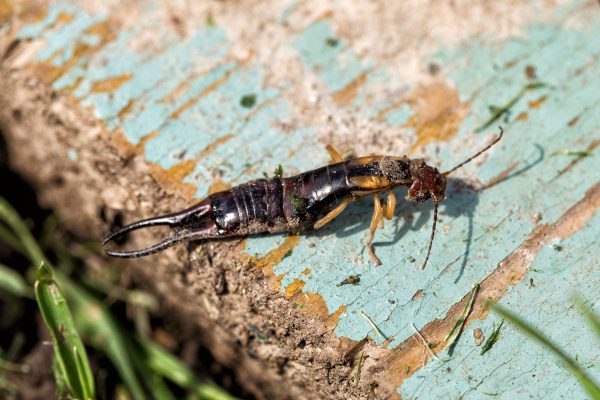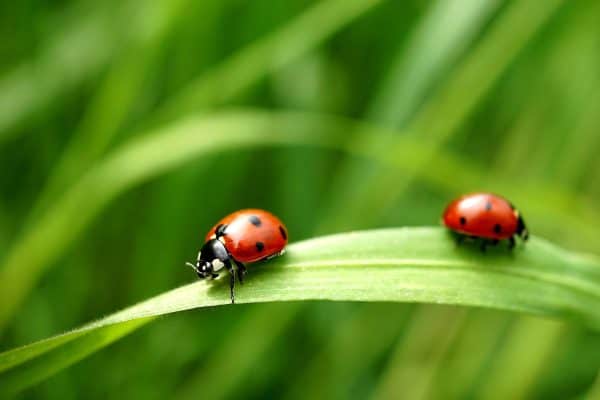Lone star ticks may be present indoors or outdoors. However, you may be unaware of their presence if you don't know their appearance. We want to help you identify them, so we conducted thorough research about their size and overall appearance.
Adult females can reach lengths of up to 1 inch or longer when completely engorged. On the other hand, male lone star ticks can be at 1/16 to 3/16 inches regardless of their feeding condition.
Aside from knowing the appearance of lone star ticks, you might also want to understand why they frequently appear in your yard. We suggest you keep reading to find it out!
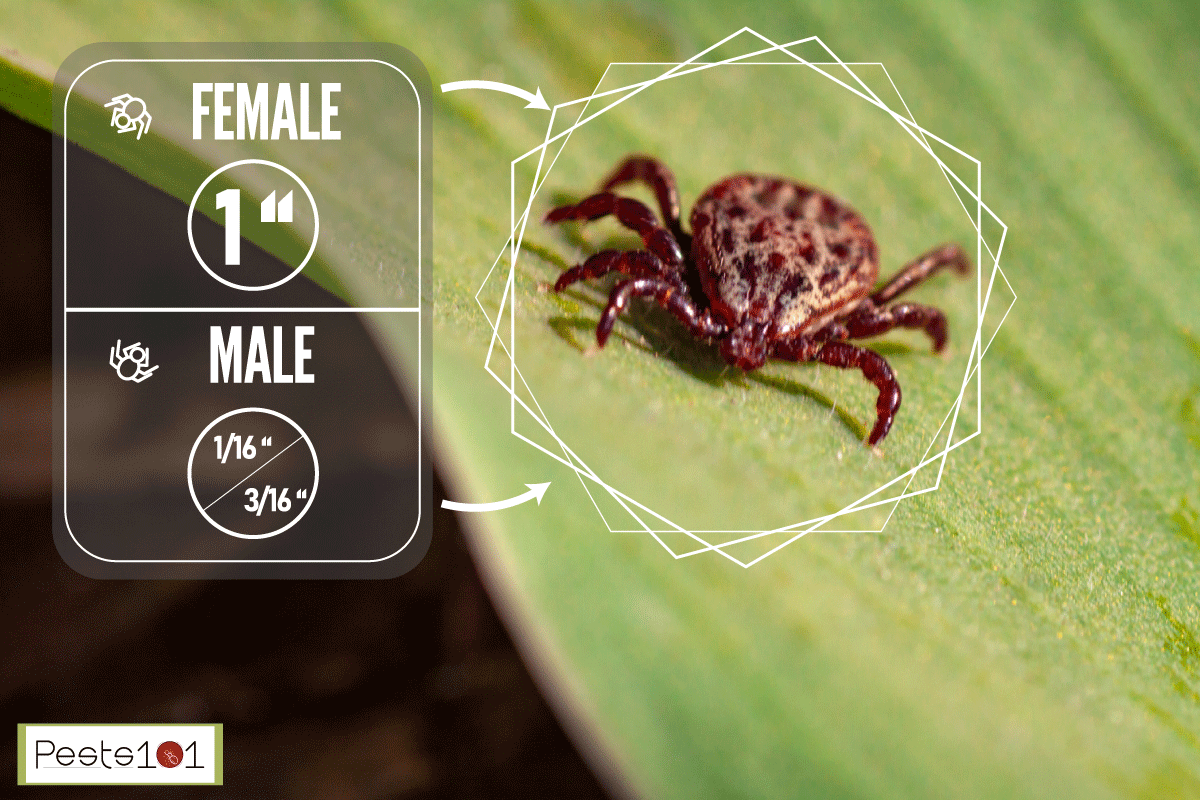
How To Identify Lone Star Ticks
Appearance
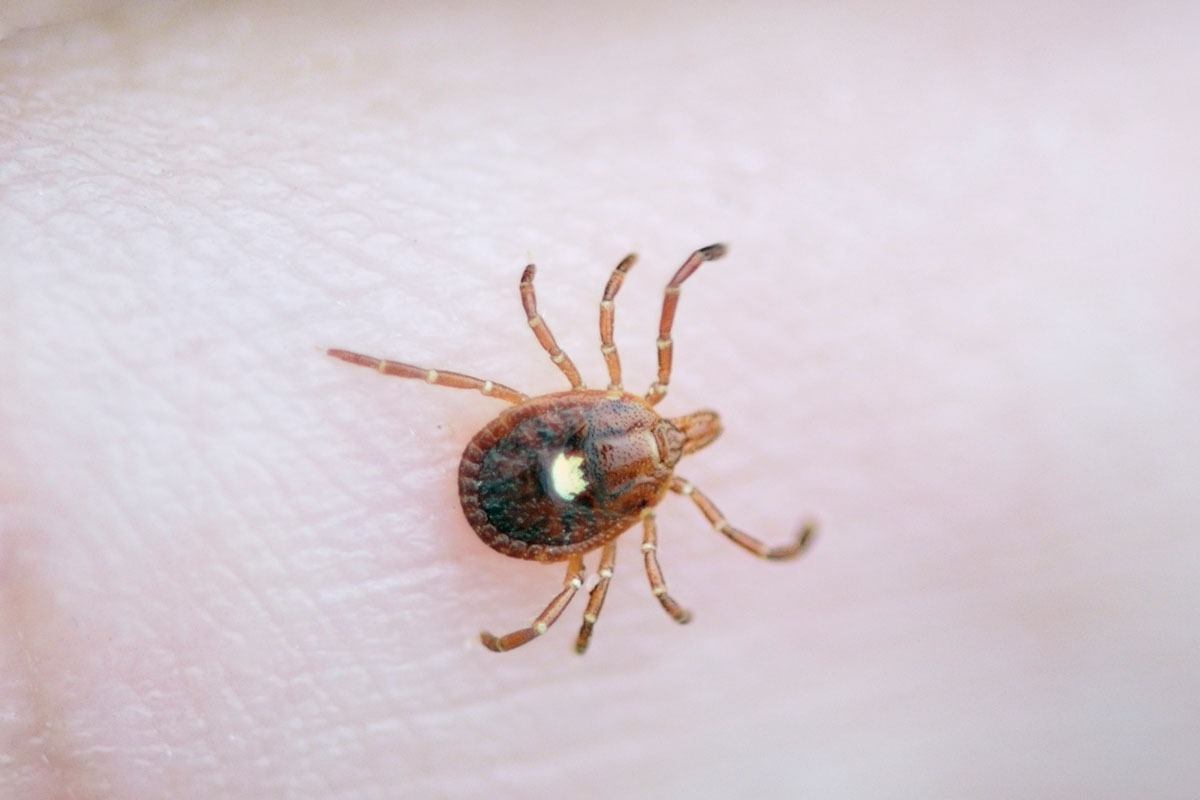
Compared to other tick species, lone star ticks often have rounder bodies. You can quickly identify adult females by a single white patch on the back, making them stand out from the reddish-brown to tan males.
This spot's hue can range from white to cream or bronze/gold, and it may appear shimmering up close. The outer edges of adult males' bodies often feature light-colored patterns.
Range and Habitat
Lone star ticks are most prevalent in the southeast part of the United States, while you can also find them in southern and coastal Maine.
And you can frequently discover them in dry forest areas with bush undergrowth, along rivers and streams, and near animal resting locations. Lone star ticks are less common than other tick species in Maine, but they are now more common than they were previously.
Life Cycle and Hosts
Lone star ticks have three active life stages; larva, nymph, and adult. Each stage requires a distinct host in order for the tick to complete its life cycle. It is why they are known as three-host ticks.
A white-tailed deer is the most typical host for all three phases of this pest. However, that doesn't limit to that; they can still go for a wide range of other hosts. And that includes humans.
Why Is My Yard Full of Lone Star ticks

Lone star ticks can enter your yard on deer and small rodents. They will discover a perfect environment in your yard once they have entered there. Ticks of all kinds prefer damp places and darkness.
In addition, these pests prefer hiding in places with lots of shade, tall grass, and moist dirt. And even if you finish mowing your lawn, expect they may still establish themselves in its outer portions where they can seek shelter. That includes ground cover plants or low-hanging bushes.
How To Tell If There Are Lone Star Ticks In My Yard?
A common misconception is that if there are deer in your yard, you must also have ticks. But you can't tell if there are ticks without performing a test.
Thankfully, there are a few quick techniques to determine whether you have ticks in your yard:
1. Dragging Ticks
Get a towel or sheet in a light hue and pull it through your yard.
Take the sheet to a location without grass, such as a driveway, and carefully check it for ticks after dragging it through the yard. Press any ticks you find firmly between two pieces of tape (packaging tape works well) and discard the ticks into a sealed trash bag.
2. Examine Your Animals
Checking your pets once they enter your house is another method of spotting ticks in your yard. If you discover ticks on pets, they likely picked them up from your yard when they were outdoors.
The Centers For Disease Control And Prevention advises brushing fingers through a pet's hair and applying slight pressure to feel any lumps to check for ticks. A tick will feel like a hard, little lump to the touch.
3. Locate ticks with a flashlight
If you are patient enough, you can manually inspect yard ticks. Examine the following areas with a flashlight for tick presence:
- In front of brick, stone, or retaining walls
- Landscape shrubs and trees
- In the areas where there are tall grasses or bushes
- Spaces used by your pets, such as dog homes or outdoor kennels
- In stacks of yard waste, such as firewood and leaf piles
- In locations where organic material, such as leaves, has accumulated
How To eliminate ticks in your yard Naturally
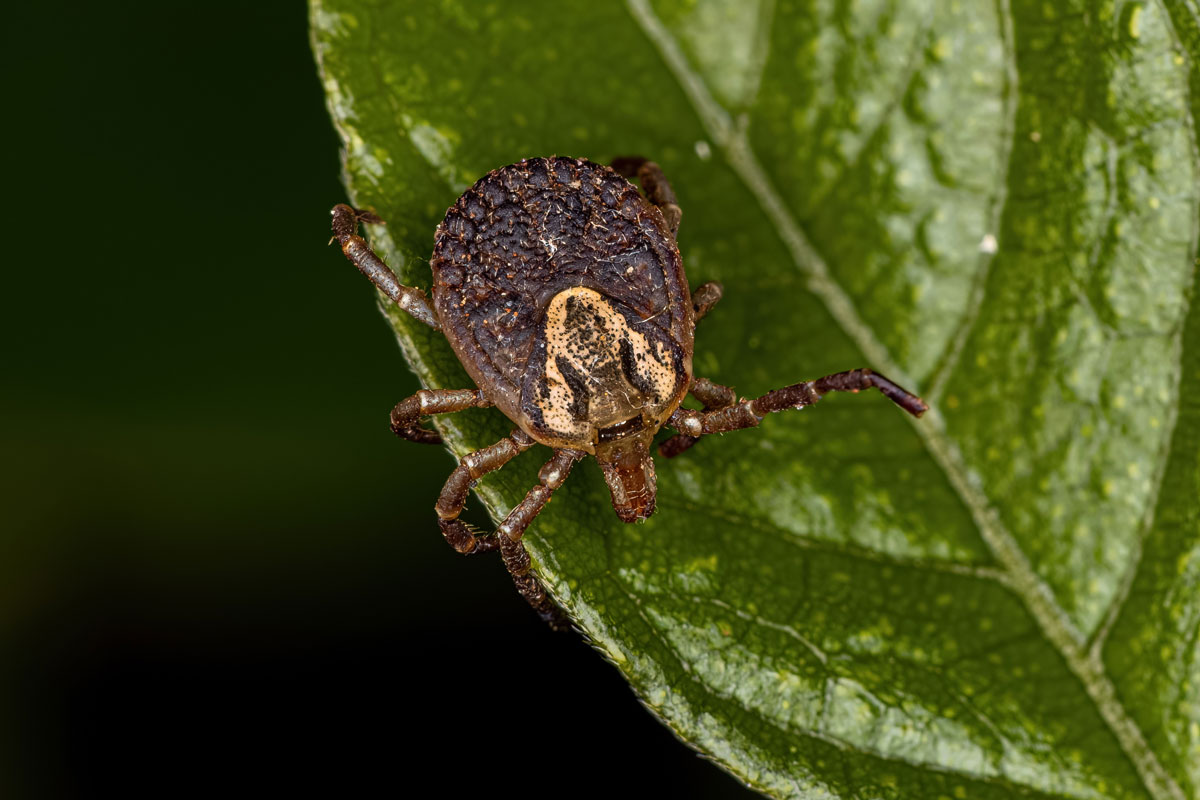
There are numerous safe and effective natural home solutions for lone star tick prevention, and they are:
Utilize a cedar oil spray
Cedar oil spray is one of our go-to all-natural tick deterrents. It is all-natural and non-toxic. It would be best to spritz it straight on your skin or clothes if you're trekking to deter ticks from attaching to you and your clothes. Both people and animals can utilize it safely.
You can create your mixture by combining 60 drops of cedar oil with 1 ounce of grain alcohol and water in a dark spray bottle, then shake it thoroughly.
Spray the mixture wherever you've seen tick activity.
Check out this cedarwood oil on Amazon.
Make use of neem or eucalyptus oil
Eucalyptus and neem oil can instantly eliminate ticks, respectively.
Add 30 drops of the oil you prefer to a spray bottle with 4 ounces of clean water. Spray in the areas where you have seen the ticks.
Read more: "3 Types Of Neem Oil [And Common Brands]."
Check out this neem oil on Amazon.
Utilize diatomaceous earth
Diatomaceous earth is a powder derived from fossilized diatoms. It is risky for pests, even if it is perfectly harmless for children, animals, and adults.
When ticks come into contact with diatomaceous earth, it instantly dehydrates them and eradicates them in a matter of hours.
Sprinkle diatomaceous earth in the areas where you noticed the stubborn ticks. Additionally, you can utilize this to make a border between grassy and wooden spots.
Every few weeks or following a significant rainstorm, reapply the diatomaceous earth.
Read more: "Does Diatomaceous Earth Kill Springtails?"
Check out this diatomaceous earth on Amazon.
What Are The Conventional Tick Removal Methods
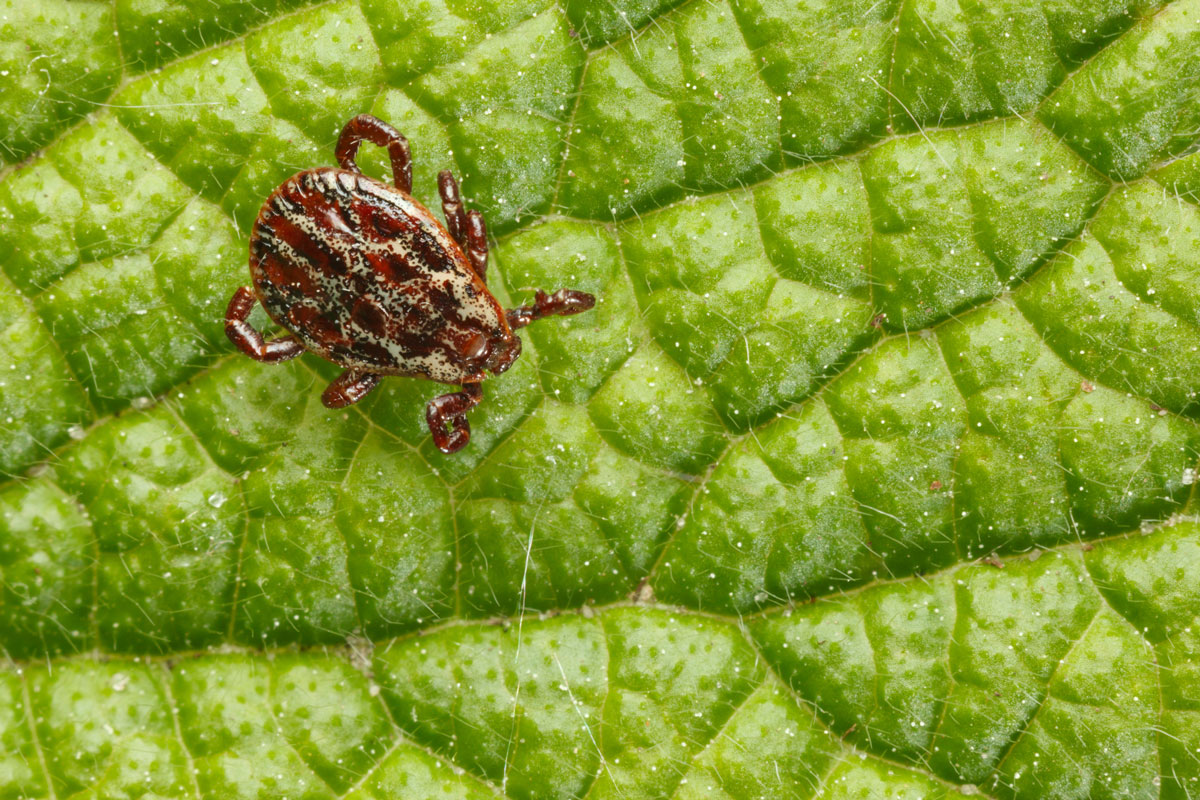
Generally speaking, if you don't want to go with natural ways, you might use the following methods to deal with ticks:
utilize a fogger
You can use a yard fogger if you want to get rid of ticks immediately.
Foggers with EPA registration can eliminate pests such as ticks, lice, mites, fleas, and eggs. To achieve the most promising results, search for a fogger with an insecticide designed especially for ticks.
Follow the instructions carefully or contact a professional for yard extermination if you are uncertain about this method.
Spray your lawn with permethrin
Permethrin is one of the best pesticides for killing ticks when it comes to chemical solutions.
Select an insecticide spray containing permethrin that can spread safely to the plants and surfaces you want to treat. Before using, be sure to wear protective clothing and carefully read the instructions of the product.
Utilize Acaricides
The CDC claims that a category of tick pesticides called acaricides can lower the number of ticks in your yard. They won't get rid of ticks on their own, but when used in conjunction with other tick management techniques, they can be helpful.
We advise dealing with a reputable pest management firm to apply pesticides because acaricides can be hazardous and extremely toxic. In addition, it would be best to keep children, pets, and other animals safe before the experts start spraying.
How to Prevent Ticks in Your Yard
Here are some easy tips that we suggest to keep any kind of ticks out of your yard.
1. Eliminate Other pests
The best way to get rid of pests is to engage a pest control team and handle the underlying infestations first. Rats, squirrels, raccoons, and other rodents can bring different pests to your property. So, we highly suggest you address them firsthand.
2. Maintain a clean yard
Ticks love to be in dark places where they can seek shelter; leaf piles and wood heaps, for example. To prevent them from living in your yard, keep these suggestions in mind:
- You should remove any yard waste. It would be best to stop leaving piles of raked leaves lying around. As much as possible, place the leaves in a bag and dispose of them appropriately.
- Regularly mow the grass in your yard. Trim back any overgrown bushes or grasses, and collect all grass clippings immediately.
3. Install Fences
You need to install fences in your yard to prevent stray dogs, raccoons, and deer from wandering into your yard and spreading ticks. We suggest using fences that are high enough to deter them.
4. Create A Border
Put up a border. Keeping any patios, decks, and playground equipment at least eight feet away from the perimeter of your yard would be best.
5. Plant landscaping plants that are tick-resistant
You can deter ticks by using certain landscape plants. The most effective plants for preventing ticks include mint, rosemary, garlic, sage, lavender, and beautyberry.
Plant either of these on pet runs, landscaping edges, surrounding patios, and other areas where you want to deter ticks for optimal results.
You can also deter ticks from entering your home by growing these species in pots and positioning them close to windows.
Wrap It All Up
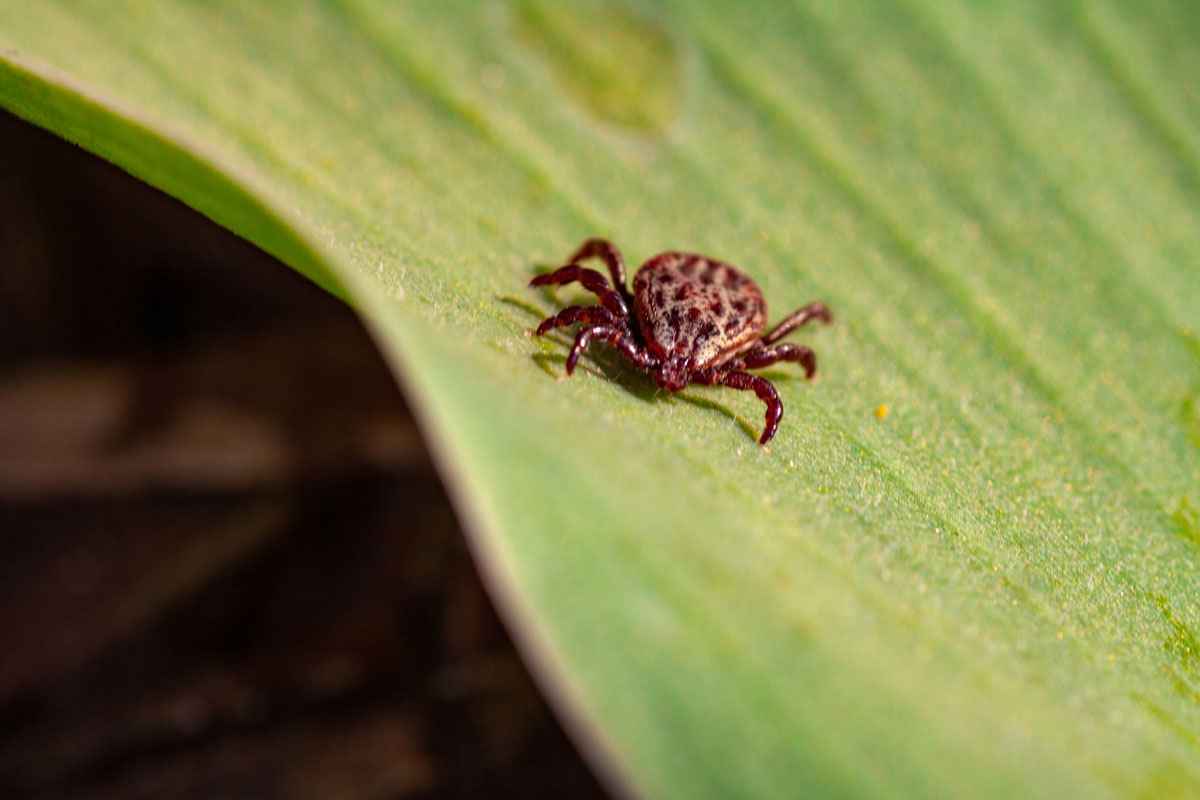
Imagine the damage lone star ticks can bring to your property and the harm they can incur to not be eliminated. We must say that lone star ticks or other kinds of ticks are indeed small but terrible. Following the tips and prevention that we provided above would be best to eliminate them immediately.
We hope you find this post helpful. If you have additional questions, please feel free to comment below. We'd love to hear from you!





